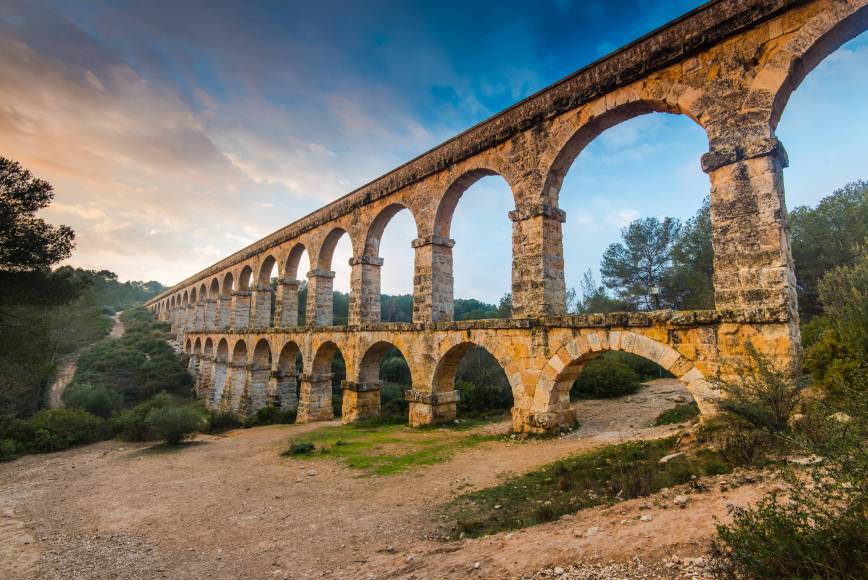Tarragona is one of the best-preserved Roman treasures in Catalonia, and its legacy is so impressive that, in 2000, it was declared a World Heritage Site by UNESCO. The city of Tarragona is like a time machine. Walking its streets is like hearing two thousand years of history whisper secrets in your ear. And we're not talking about just any history, but one written with marble, sweat, and gladiators. If you're looking for a tourist destination that combines history and spectacular beaches, Naturaki gives you several reasons to visit the province of Tarragona.
The origin of Tarragona
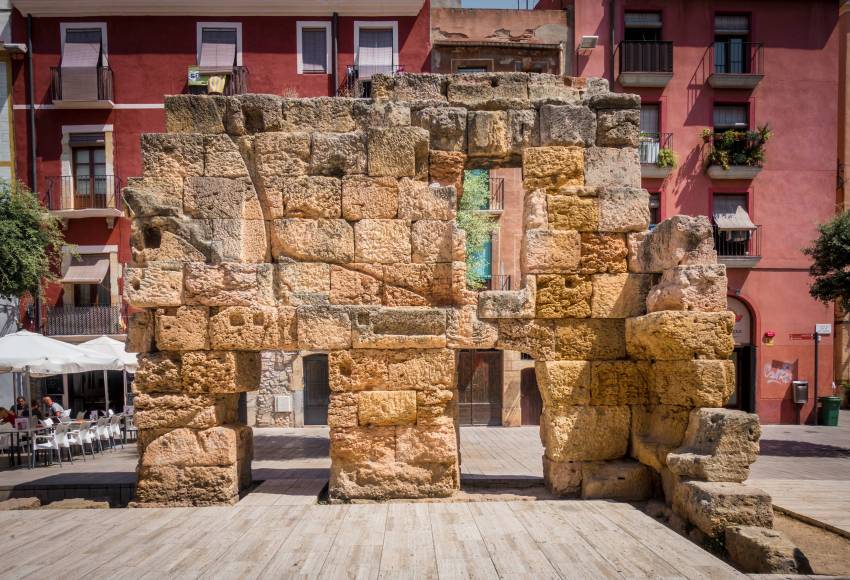
Let's start at the beginning: Tarragona was Tarraco, one of the most important cities of Roman Hispania. Tarraco, in fact, became the capital of the Hispania Citerior province. It was the center of power, the place where the great decisions were made and where emperors walked proudly among columns. Today, this grandeur is still palpable in its remains. Are you up for discovering it?
The Roman heritage of the city of Tarragona
Roman amphitheatre:
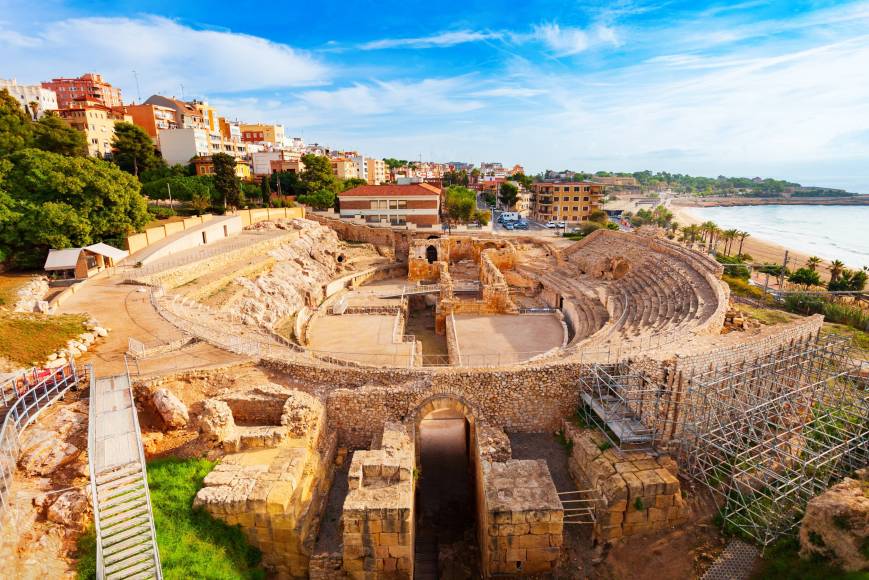
The great protagonist of Tarraco is, undoubtedly, the amphitheatre. Just a few meters from the sea, this coliseum built during the Flavian dynasty (1st century AD) is the postcard of Tarragona. In its time, it was the stage for gladiator fights and wild beast hunts. Shows that, let's be honest, were much bloodier than a Netflix thriller. Today you can stroll through its stands and imagine the adrenaline rushes that must have been experienced centuries ago.
Provincial Forum:
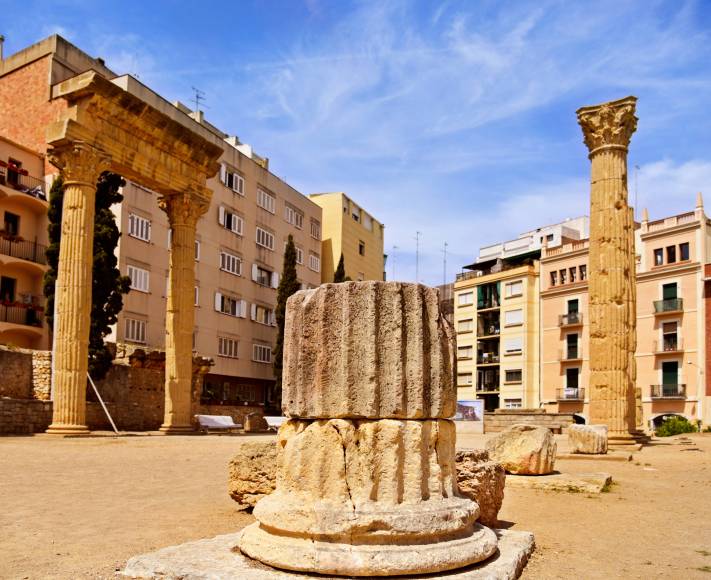
This was the political and administrative heart of Tarraco. The place where laws were decided and important treaties were organized. Although some of the structures are fragmented, the ruins give a glimpse of how imposing this space was in the 1st century AD.
Roman circus:
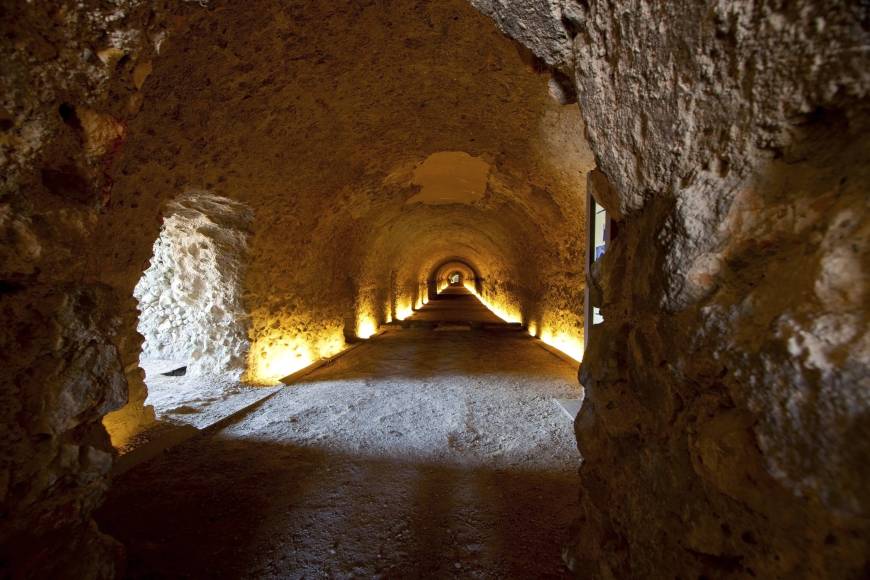
The circus of Tàrraco was the place where emotion reached its peak. The chariot races (yes, like in Ben-Hur) kept everyone glued to their seats. Did you know that it could hold up to 30,000 people? The building was constructed at the end of the 1st century AD, during the reign of Domitian, and was part of the large provincial monumental complex, occupying the lower terrace. Today, you can walk among its incredibly well-preserved remains, and even explore the underground tunnels. Pure excitement.
Roman walls:
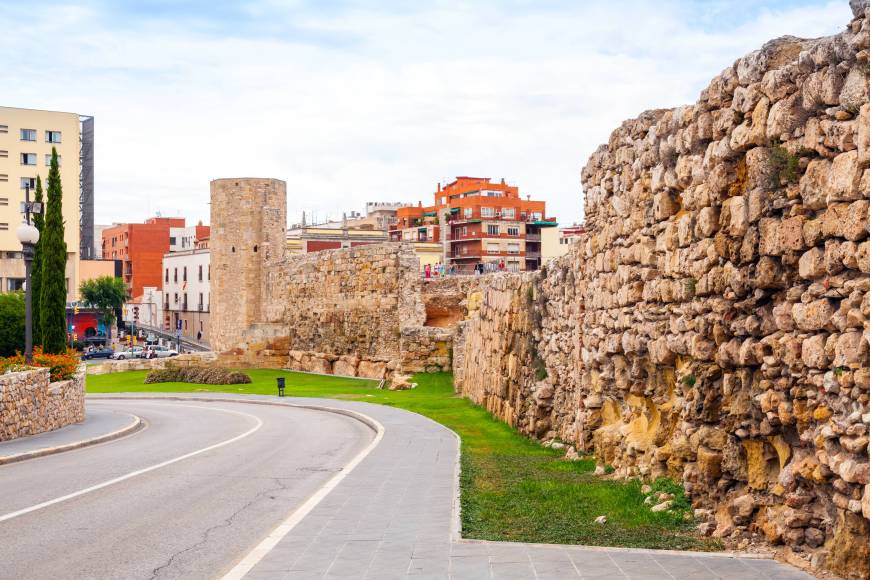
The walls are one of the icons of Tarragona. Built in the 3rd century BC, they originally extended for about 3500 meters, of which today we preserve 1100 meters that surround the old town.
The Roman heritage in the province of Tarragona
Did you know that the Romans also left their mark beyond the streets of the old town? If you feel like exploring, near Tarragona you will find archaeological jewels that will allow you to complete your journey into the past.
Ferreres Aqueduct (Devil's Bridge):
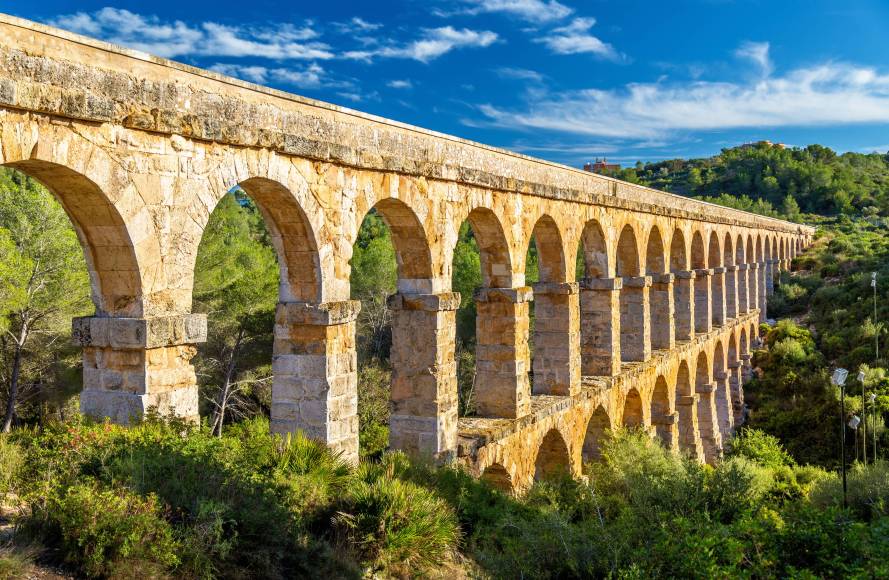
Just four kilometers from the center of Tarragona is one of the most impressive constructions of Roman engineering in the area: the Ferreres Aqueduct, better known as the Devil's Bridge. This structure, which served to transport water to the city, is more than 200 meters long and nearly 30 meters high. If you like walking, there is a hiking trail that passes over the bridge and allows you to enjoy the scenery while you discover this masterpiece. Oh, and for photo lovers, this place is pure magic, especially at sunset.
Tower of the Scipios (Monnars):
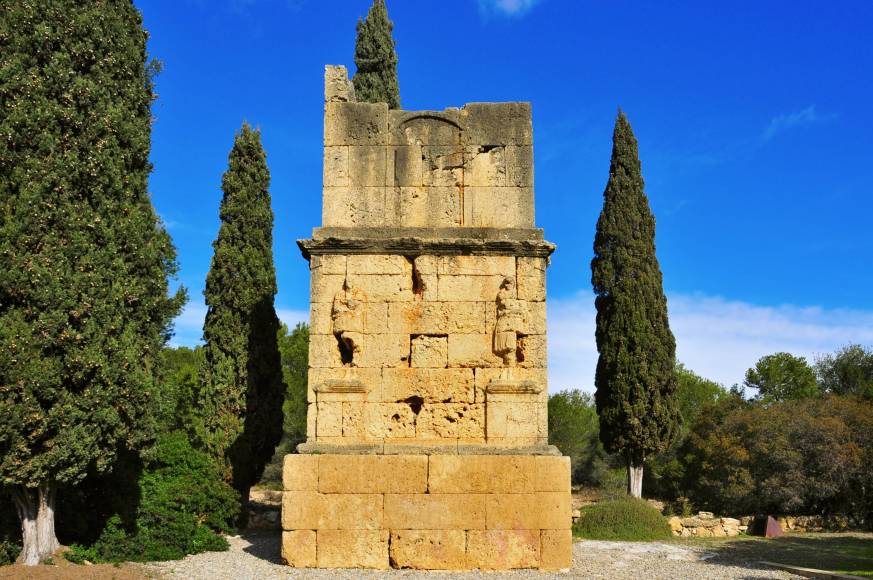
Following the Via Augusta, about six kilometers from Tarragona, you will find the Tower of the Scipios. A funerary monument in the form of a tower built in the first half of the 1st century AD. It consists of three superimposed bodies and on the facade of the intermediate one presents two figures of Atis —a funerary oriental deity— holding an inscription. An erroneous identification of the figures with the Scipio brothers is the origin of the traditional name.
Roman villa of the Munts (Altafulla):
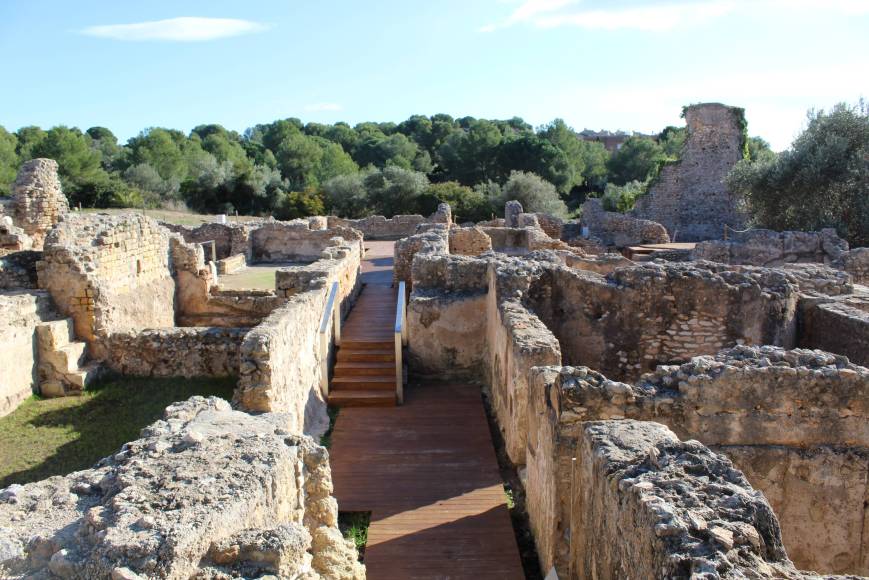
If you are curious about how the wealthier Romans lived, the Villa of the Munts is a must-visit. Located in Altafulla, about 12 kilometers from Tarragona, this former stately residence is an example of luxury and sophistication. The mosaics that still remain are a true work of art, and the location, overlooking the Mediterranean, makes it clear that the owners of this villa knew how to live well. It is one of the most important ensembles of its kind on the peninsula.
Arch of Berà (Roda de Berà):
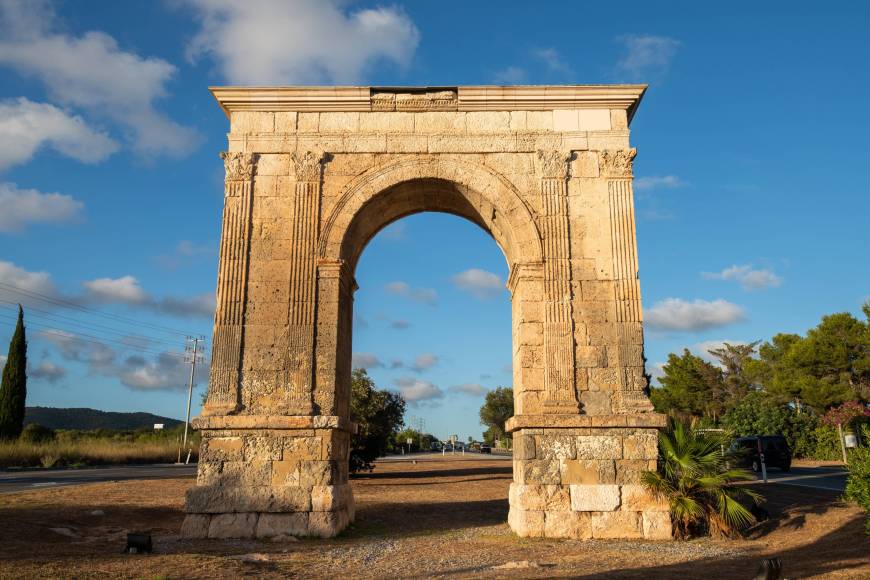
Following the Via Augusta northwards, you will come to the Arch of Berà, another emblematic monument of the Roman heritage of the area, about 20 kilometers from Tarragona. This triumphal arch, built in the 1st century BC, marks the passage of one of the most important roads of the Roman Empire.
Monumental complex of Centcelles (Constantí):
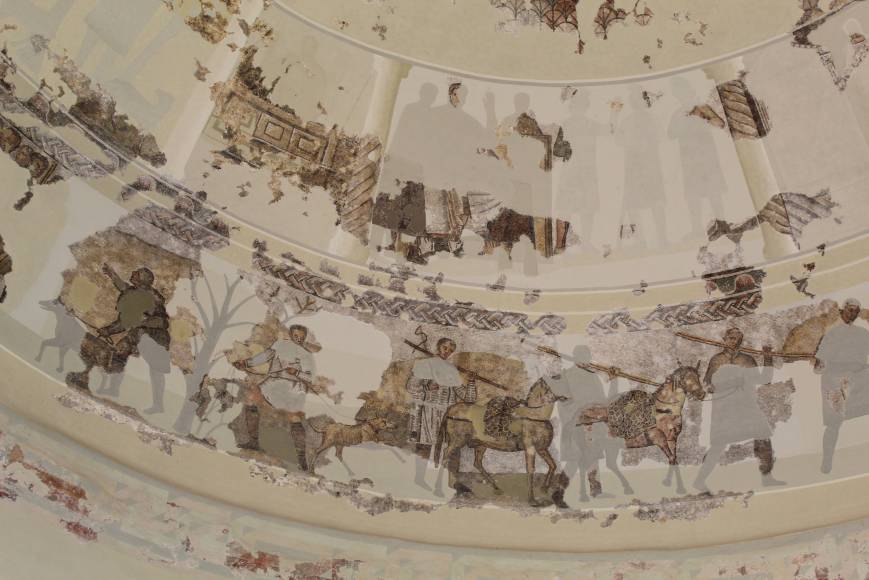
The Monumental Complex of Centcelles, located in Constantí, is one of the most enigmatic jewels of the Roman heritage of Tarragona and one of the oldest examples of Christian art in the Roman Empire. It is still unknown when it was built, why, or who lived there. Its great treasure is the 4th-century mosaic, with biblical and hunting scenes, which still today arouses admiration and questions. This unique space, surrounded by mystery, is an essential stop to understand the transition between paganism and Christianity, and to discover a unique facet of the Roman past.
Roman columbarium (Vila-rodona):
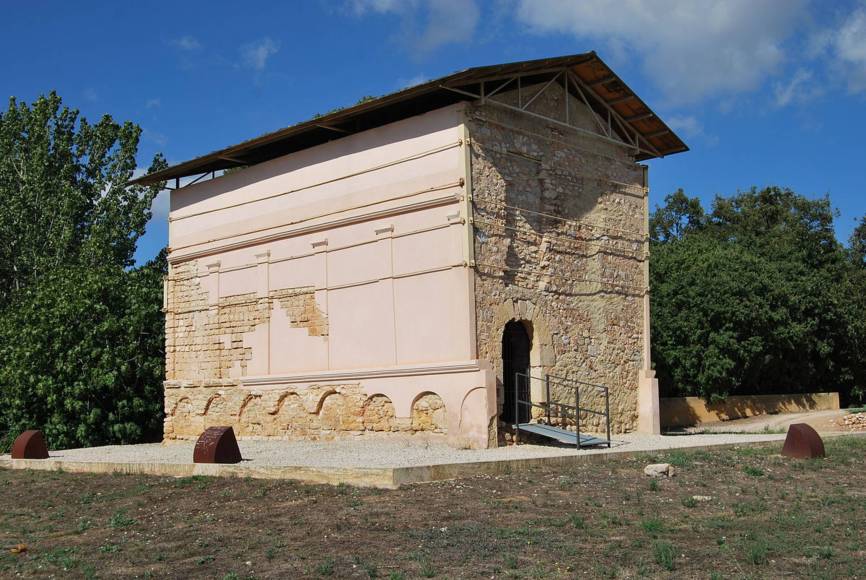
A visitable monument included in the Cistercian Route due to its proximity to the Monastery of Santes Creus. The construction of the Columbarium is related to a funerary religious ritual, incineration, prevalent in the Roman world until the first third of the 2nd century AD. You can take a guided tour by arranging it through the Town Hall.
The Roman heritage of Tarragona is not just history: it is emotion, beauty, and a perfect excuse to get away for a weekend. So find a good rural house and immerse yourself in a city that has a lot to tell you.
 Log in to your account
Log in to your account